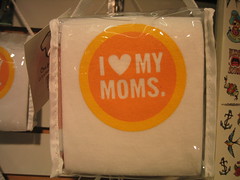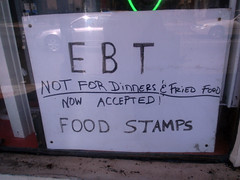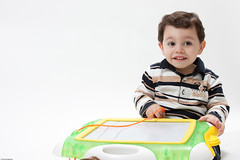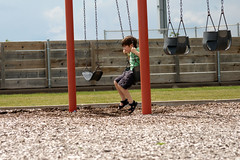 According to the Jamaica Gleaner, University of West Indies sociologist Claudette Crawford-Brown has identified a new phenomenon: Western Union children. She said this is replacing “barrel children” in Jamaica:
According to the Jamaica Gleaner, University of West Indies sociologist Claudette Crawford-Brown has identified a new phenomenon: Western Union children. She said this is replacing “barrel children” in Jamaica:
Barrel children in the past were identified as those who did not have the physical presence of their parents, but were sent goodies through shipments from overseas. The sociologist, however, said that the barrel-children phenomenon has been surpassed by parents who give their children remittances. The difference between the two is the amount of care involved.
“You don’t have the barrel children as I highlighted seven years ago, where you had parents sending children things in a barrel. We now have what you call ‘Western Union’ children, and these are children who are parented by cellphones and they are sent the money. However, when you have a barrel child, that mother goes into K-Mart or Wal-Mart and I see them and watch them and they say: ‘I wonder if this going fit Sasha’, and she takes out the shoes with the mark out on the paper and match it with the shoes, and say this will fit her, this will fit her. You know what that shows? Some amount of care,” she said.
There are consequences of these changes in long-distance care:
Crawford-Brown pointed out even with remittances and barrels, the absence of mother in a child’s life has the same impact on youths as the absence of fathers. She noted that the absence of parental guidance leaves these children vulnerable to negative influences, where many turn to violence and drugs to cope.
According to her, many of these children who receive money through remittances are not given proper guidance, thus the money they have access to can be used to purchase drugs or facilitate their participation in illicit activities.
The noted child advocate and sociologist said many behavioural problems shown among some children are as a result of the breakdown in the family and exposure to violence. Crawford-Brown also said that Jamaica needs to tackle apathy towards murder in the society, which has trickled down to children she has worked with.
Crawford-Brown’s research on “Western Union children” was also recently featured in a column in the Jamaica Observer.



 A recent
A recent 



